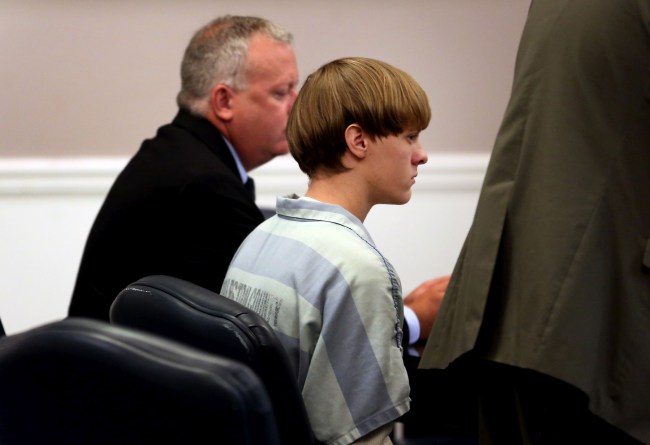
Grace Beahm-Pool/Getty Images
The man who befriended members of South Carolina’s Emanuel African Methodist Episcopal Church only to return to murder nine black church goers in a racially motivated attack in June 2015 continues to show no remorse for the atrocity.
During the sentencing phase of his trial in Federal District Court last week in which the jury decides if Roof should get the death penalty or spend the rest of his life in prison, Dylann Roof (who is representing himself), assured the jury “there’s nothing wrong with me psychologically.” This was before prosecutors read aloud excerpts from a journal he kept from August of 2015 in which Roof wrote, “I would like to make it crystal clear I do not regret what I did.” Another chilling excerpt
“I think that once white nationalists have gained control of their respective countries, we should send troops, together, into South Africa to save the remaining whites and possibly help them reinstate a new white government,” one passage read.
Roof has seemingly showed no interest in helping to save his life, as he has refused to cross-examine any witnesses and even claimed he “pities himself” for having to murder several people in the first place. What’s more is that Roof has been sporting racist symbols on his shoes in the court room that glorify his white supremacist beliefs.
Among the symbols drawn on Roof’s shoes were runes and Celtic crosses, both widely associated with the white supremacist movement. [via Complex]
Prosecutors have said they plan to wrap up their case on Monday, and the judge said he expects jurors could begin discussions Tuesday, according to Yahoo.